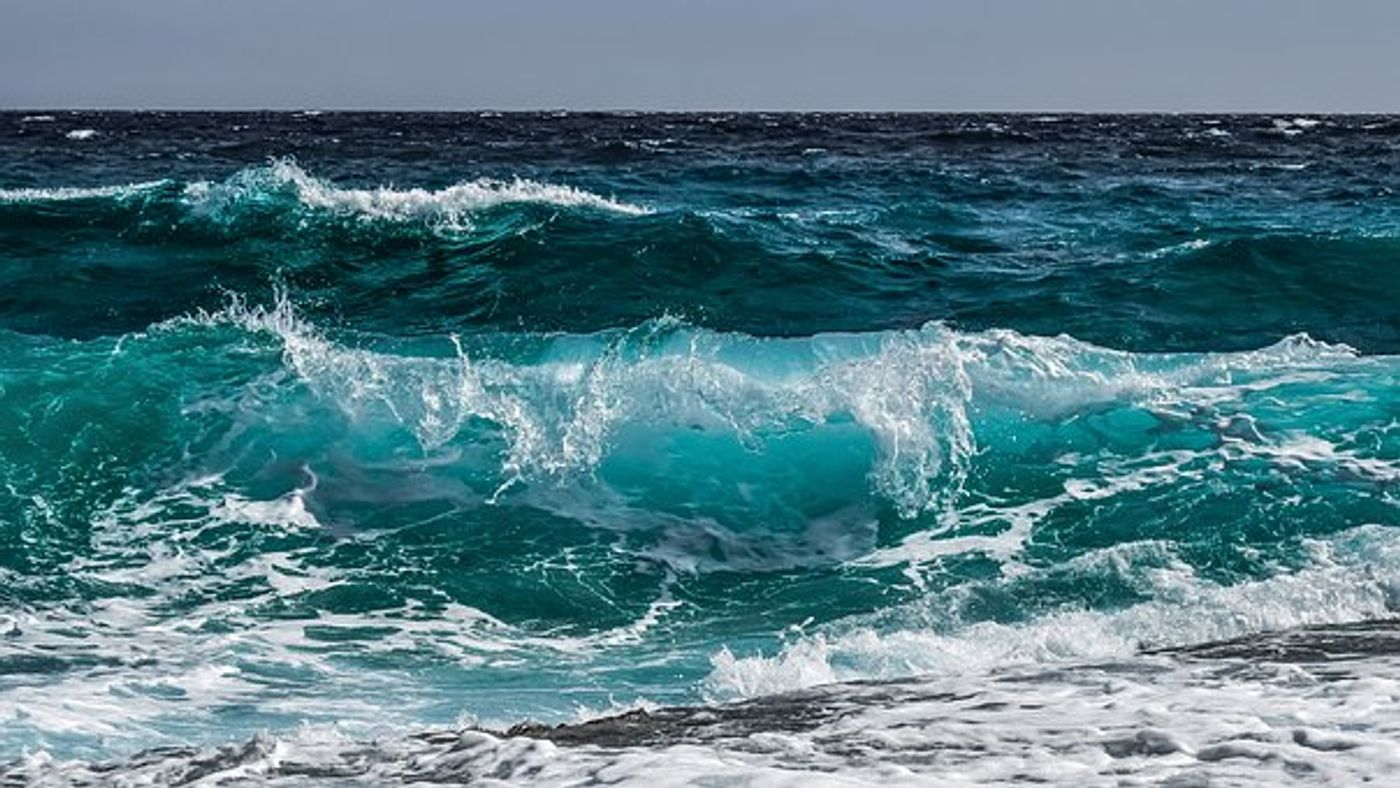The Pacific Ocean's Long-term Memory
Research published earlier this month suggests that the deepest waters of the Pacific ocean may not be following the warming trend of the last century – instead the deep Pacific may in fact be cooling. The study comes from researchers at the Woods Hole Oceanographic Institution (WHOI) and Harvard University and was published in the journal Science.
Lead author of the study and a physical oceanographer at WHOI, Jake Gebbie described the phenomenon as the ocean’s long-term memory. "These waters are so old and haven't been near the surface in so long, they still 'remember' what was going on hundreds of years ago when Europe experienced some of its coldest winters in history.”
Gebbie and his team determined this using a model of the ocean to predict the warming and cooling periods across time. Their hypothesis was based on the knowledge that our planet’s climate, and therefore oceans, changes in cycles. "Climate varies across all timescales," commented co-author Peter Huybers. "Some regional warming and cooling patterns, like the Little Ice Age and the Medieval Warm Period, are well known. Our goal was to develop a model of how the interior properties of the ocean respond to changes in surface climate."
They later tested the model with empirical data of ocean temperature measurements taken by scientists aboard the HMS Challenger in the 1870s and modern observations from the World Ocean Circulation Experiment of the 1990s and found that the deep Pacific waters are still a couple hundred years behind the rest of the ocean in terms of temperature. “If the surface ocean was generally cooling for the better part of the last millennium, those parts of the ocean most isolated from modern warming may still be cooling," said Gebbie.
Interestingly, while past studies measuring heat absorption by the oceans had assumed that the oceans had been in equilibrium at the beginning of the Industrial Revolution, this study contradicts that idea. In fact, according to Science Daily, Gebbie and Huybers estimate that about 30% of the heat absorbed during the 20th century was due to deep Pacific cooling.
"Part of the heat needed to bring the ocean into equilibrium with an atmosphere having more greenhouse gases was apparently already present in the deep Pacific," explained Huybers. "These findings increase the impetus for understanding the causes of the Medieval Warm Period and Little Ice Age as a way for better understanding modern warming trends."
Sources: Science , Science Daily









